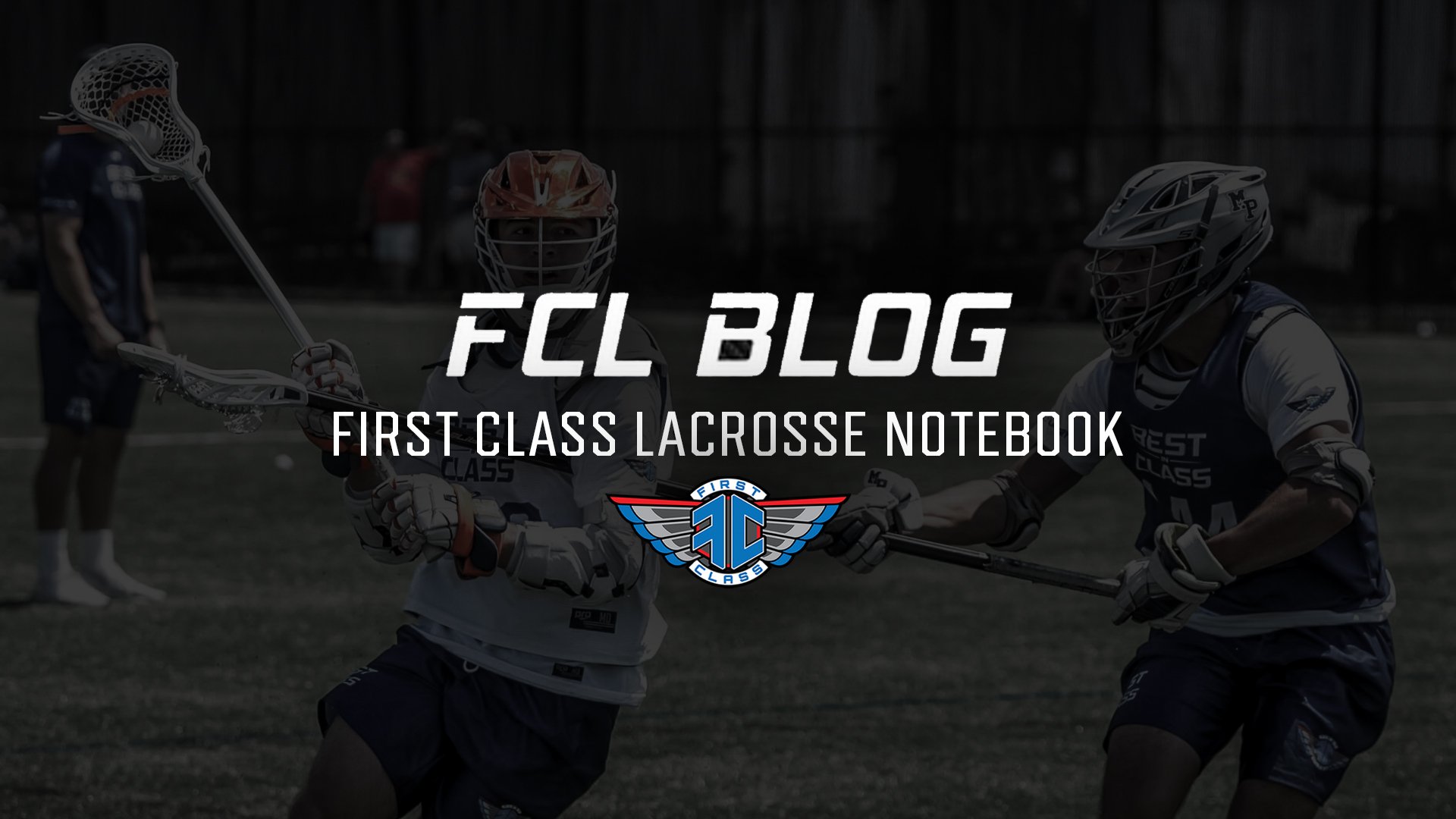Positionless Defense: Building a defense in modern lacrosse
The game of lacrosse is evolving, and offenses are leading the charge.
Last week I posed a question on Twitter, "What are some common misconceptions players & coaches have about defense in lacrosse?"
I was a little surprised about the amount of engagement received via comments, shares, and one-off texts I got from fellow players and coaches. Honestly, it turned into a great conversation about a position that doesn't always get a ton of attention.
It's worth noting that this is not a shot at anyone's coaching style. There is not just one way to play defense, and all of these things have context around them. I have used terminology like "turn them" at GLE. I just continuously see similar mistakes or hear players say things like "but I was told not to cross my feet" that I think it is worth discussing some of these topics.
|
I decided to pull together a slightly more comprehensive (yet not fully exhaustive) list of some these items with an attempt to go one layer deeper. As mentioned in the tweet above, many of these have some truth and proper intention, but their phrasing and the way we describe them to players doesn't always align with the best way to play the position. A Short List of Defensive Misconceptions:
|
 |
 |
|
The list above is certainly not fully exhaustive, nor will everybody agree with each of those points. Those are just a few of the high level things that I think continued to be discussed around the defensive position in lacrosse. The game is changing, so let's make sure we don't mindlessly teach the same concepts that have been taught for years without thinking about the nuance of how to apply. I'd love to hear any of your thoughts on these topics. I think all of these conversations are awesome, and it is great to stay informed on what all of the other coaches, parents, and players out there are thinking and seeing. Until next time, |
Check out our community and become a member to view drills, webinars, film breakdowns, courses and more. Use code BLOG15 for an exclusive discount to our membership community on Circle!
The game of lacrosse is evolving, and offenses are leading the charge.
Jesse Bernhardt, Maryland's Defensive Coordinator and Associate Head Coach, recently shared his insights on on-ball defense and drills in a detailed...
Sliding in lacrosse involves sending an additional defender to defend the ball carrier and is a fundamental element of any man-to-man defense. While...
